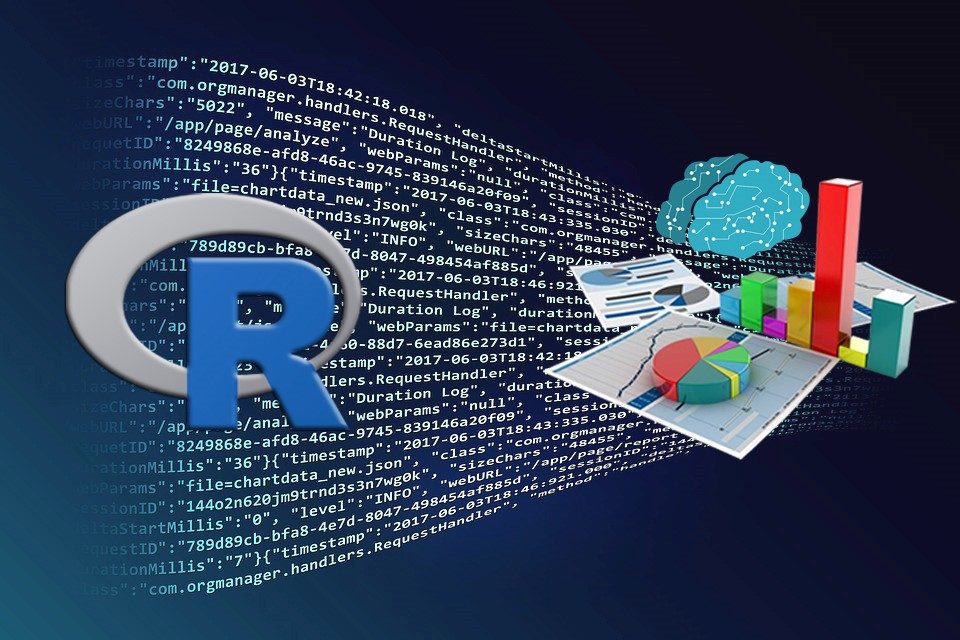Archives
- Newer posts
- November 2025
- October 2025
- September 2025
- August 2025
- July 2025
- June 2025
- May 2025
- November 2024
- April 2024
- November 2023
- October 2023
- August 2023
- May 2023
- February 2023
- October 2022
- August 2022
- July 2022
- May 2022
- April 2022
- March 2022
- February 2022
- June 2020
- March 2020
- February 2020
- January 2020
- December 2019
- November 2019
- October 2019
- September 2019
- August 2019
- July 2019
- June 2019
- May 2019
- April 2019
- March 2019
- February 2019
- January 2019
- December 2018
- November 2018
- October 2018
- September 2018
- August 2018
- July 2018
- June 2018
- May 2018
- April 2018
- March 2018
- February 2018
- January 2018
- December 2017
- November 2017
- October 2017
- September 2017
- August 2017
- July 2017
- June 2017
- May 2017
- April 2017
- March 2017
- February 2017
- January 2017
- August 2016
- June 2016
- April 2016
- March 2016
- February 2016
- January 2016
- July 2015
- June 2015
- Older posts

R – A Powerful Statistical Language & Environment
In recent years, Data Science has emerged as one of the hottest professions and domain principles with the demand for data scientists, machine learning specialists, and data analysts. The epoch of Big Data has the field of Data Science constantly growing, enabling business organizations to become more data-driven with better visual percept and knowledge. Well, if you are looking for a tool that can be used for computational statistics, perception, and data science, then R is worth your consideration.
R is a language and environment for statistical computing, design and is profoundly extensible. It gives a wide variety of statistical, customary statistical tests, time-arrangement analysis, grouping, clustering, graphical techniques, and has brought revolutionary modifications in Big Data Analytics and other aspects of data analytics and data science. You don’t need to be a genius to work with R. It is a simple environment which has almost 5,000 packages (libraries of functions); huge portions of which are dedicated to specific applications.
R programming is more than a statistical package; it’s a programming language with which you can create your objects, functions, and packages. Well-designed publication-quality plots, of which mathematical symbols and formulae can be produced where needed. R has beautiful visualization capabilities, using packages such as lattice, ggplot2, ggbio and many more, which can be used in substances like econometrics, data mining, machine learning, spatial analysis, and bioinformatics. The analysis actions are explicitly recorded in R programs which make it easy to reproduce and update reports. Since it is free and platform–independent, it can be used anywhere and can be implemented in any organization without purchasing a license. Also being open-source, it allows anyone to examine the source code to understand exactly what it’s doing, fix bugs and add features. One of the strong features of R programming is that it allows integration with other languages such as C/C++, Java, Python, etc., and enable it to communicate with many data sources: OlabDBC-compliant databases (Excel, Access) and other statistical packages (SAS, Stata, SPSS, Matlab). R has the flexibility and power to create reproducible, excessive quality analysis. It can be used in any field you could think of.
Around the world, many companies like Facebook, Google, Ford Motor Company and millions of people from various fields are using R language for analysis, predicting economic activities, and many more. To make a mark in the analytics industry, R is the best skill an analyst can have.
